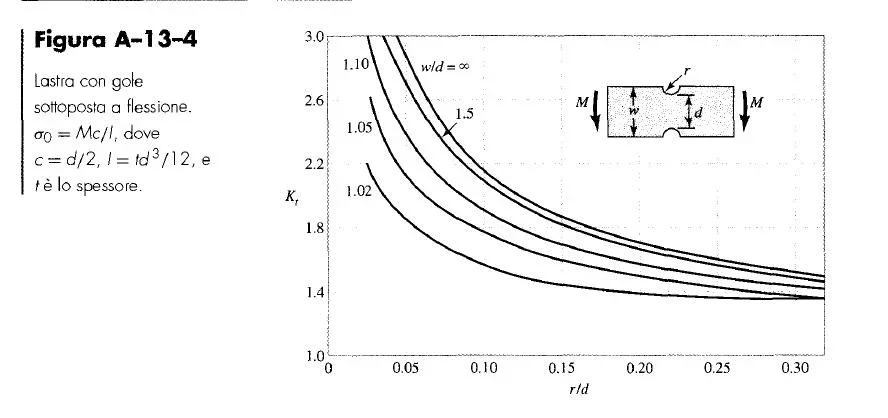volaff
Guest
Hi guys.
i have to found stress concentration factor for a plate with hole subjected to bending moment. i have modelled 1/4 of audience and applied symmetry and antisymmetry constraints.
how can model bending moment?
i think a couple of forces on top side but i don't have good results.
Thanks to all for helping me.
Bye, guys.
I should find the factor of concentration of tensions for this plate with hole subject to bending moment at the ends.
I modeled 1/4 of plate (plane 82) and applied symmetry and hemisymmetry constraints on the sides.
How can I shape the moment?
I had thought of a couple of strength on the upper side of module equal to the moment divided the distance, which in fact on the 1/4 of plate would mean having a force in the upper node to the extreme right of the plate.
thanks to all for the advice.
i have to found stress concentration factor for a plate with hole subjected to bending moment. i have modelled 1/4 of audience and applied symmetry and antisymmetry constraints.
how can model bending moment?
i think a couple of forces on top side but i don't have good results.
Thanks to all for helping me.
Bye, guys.
I should find the factor of concentration of tensions for this plate with hole subject to bending moment at the ends.
I modeled 1/4 of plate (plane 82) and applied symmetry and hemisymmetry constraints on the sides.
How can I shape the moment?
I had thought of a couple of strength on the upper side of module equal to the moment divided the distance, which in fact on the 1/4 of plate would mean having a force in the upper node to the extreme right of the plate.
thanks to all for the advice.






